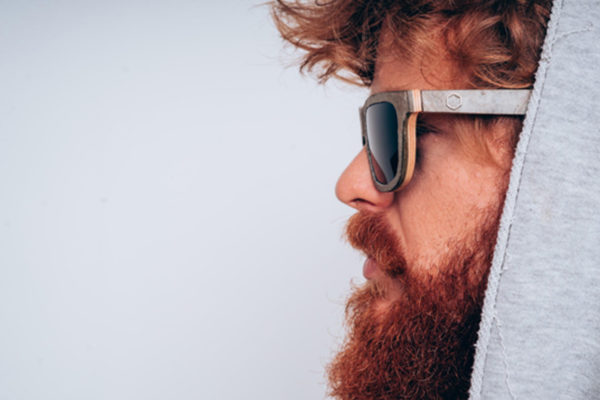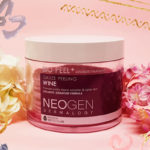It can be difficult to drive when you encounter glare and reflections on the road. Layoners offer sunglasses ideal for driving, check out how to choose the best shades:
Wearing shades while driving offers protection from brightness, and also elements like dust and debris when driving with windows down. Mirrored or polarized lenses provide protection against the harmful ultraviolet rays.
While some know the importance of wearing the right shades while behind the wheels, others don’t realize it. You may have shades that block light from entering your eyes thus lessening visibility.
Some drivers may be using the wrong lens tint for driving. Using the wrong tint can affect the contrast and color perception that is very important when on the road, check out: sunglasses Layoners

Here is a guide on how to pick the right shades for you when driving:
- Lens Color
The tint of the lens can impact the amount of visible light reaching the eyes, the extent of visual contrast, and color perception. This is how the tint can impact how well the driver can notice and pay attention to traffic lights, road signs, and other road hazards.
When on the road, the best tints for driving are polarized gray and brown lenses as they are neutral colors. They provide neutral colors and don’t alter them.
Gray tints lessen eye fatigue. It is very important to have relaxed eyes when driving so you can focus on the road. It is also best to eliminate glare from the water.
Amber and yellow lens tints are also advisable as they improve definition and contrast. They are great to wear under different weather conditions. Never use green, blue, and pink tints as they make the red lights unrecognizable.
2.Light Sensitive Lenses
You need to be aware that not all light-sensitive or photochromic lenses are suited for drivers. Regular transition or photochromic lenses don’t really adjust the tint depending on the light exposure when driving due to the windshield.
The windshield or windscreen blocks about 40 percent of the UV light. It delays the speed of how the lenses adjust its tint.
Drivers should instead go for Transitions Xtractive or Transitions Drivewear. These shades are perfect for driving under various light conditions.
3.Tint Density
Whatever tint you want for your shades, you should not forget another factor which is the tint density. It is classified into four categories including class 0 (clear), class 1 (light), class 2 (medium), class 3 (dark), and class 4 (very dark).
Two shades may have the same tint but different density. In a simple explanation, each class differs on the intensity of light it can block.
Class 0: 80 to 100 percent light transmission. It is best for day or night driving.
Class 1: 43 to 80 percent light transmission. It is best during the day driving under low sunlight.
Class 2: 18 to 43 percent light transmission. It is suited for day-time driving under medium light conditions.
Class 3: 8 to 18 percent light transmission. It is best for day-time driving under bright light conditions.
Class 4: 3 to 8 percent light transmission. It is best used in extremely bright conditions. Not advisable for day or night time driving.
4.Lens Coating
Lens coating can improve visual clarity and enhance the longevity and performance of shades. Having anti-reflective or anti-glare coating on your shades enable more light to transmit through the lens.
This means that it promotes better vision when driving. The coating can dispel grease and water making your shades clean.
You may also consider a scratch-resistant coating to protect the lenses from early wear and tear. A clear lens ensures that you have a clear vision and lessens the glare when driving.
5.Style of Frame
It’s important to choose the right frame when you’re behind the wheels. It matters a lot when your peripheral vision is clear.
Do not use oversized frames because it hinders your peripheral vision. It may block you from spotting hazards on the road that can increase the incidence of accidents.
Shades like aviators and wrap-around styles are perfect for driving. They keep your peripheral vision and protect your eyes from the UV light. You should choose frames that will permit you to see things clearly on the road at all angles.




